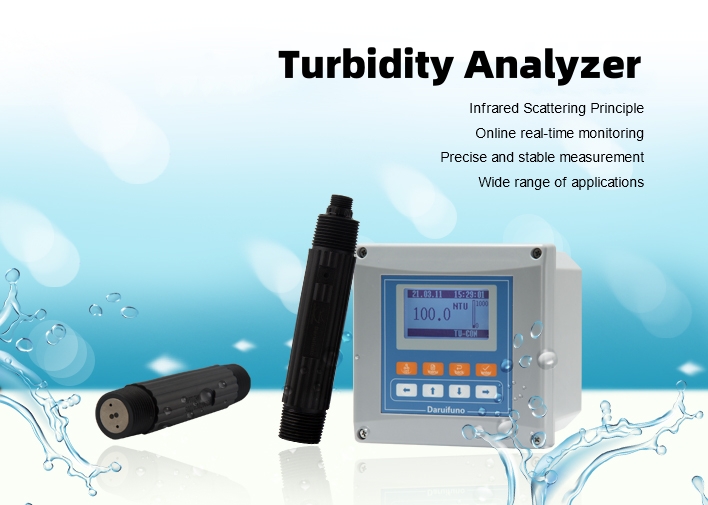Titanium is a light, off-white metal with a density of 4.54 g/cm³, which falls between that of aluminum and iron. It has a high melting point of approximately 1668°C, higher than that of iron, and exhibits a low thermal expansion coefficient along with poor thermal conductivity. Pure titanium is known for its good plasticity and relatively low strength, making it easy to process and form into various shapes such as wires and sheets. However, when alloyed, titanium can achieve remarkable strength—up to 1400 MPa in some cases, comparable to certain high-strength alloy steels. Additionally, titanium retains excellent mechanical properties at low temperatures.
One of the key features of titanium is its allotropic transformation in the solid state. At temperatures below 882.5°C, it exists in a hexagonal close-packed structure (α-Ti), while above this temperature, it transforms into a body-centered cubic structure (β-Ti). This α-Ti ↔ β-Ti transition plays a crucial role in strengthening titanium through heat treatment.
Industrial pure titanium typically contains trace amounts of impurities such as hydrogen, carbon, oxygen, iron, and magnesium. These elements, even in small quantities, can significantly increase the strength and hardness of titanium but may also reduce its ductility and toughness. Based on impurity content, industrial pure titanium is categorized into grades like TA1, TA2, and TA3. The higher the grade number, the more impurities are present, and these types are generally used in applications where high strength is not required and operating temperatures remain below 350°C.
Alloying elements can dissolve into either the α or β phase of titanium, forming solid solutions. Elements like aluminum, carbon, nitrogen, and boron raise the α-β transformation temperature, acting as α-stabilizers. On the other hand, elements such as iron, molybdenum, magnesium, chromium, manganese, and vanadium lower this temperature, making them β-stabilizers. Elements like tin and zirconium have little effect on the transition temperature and are considered neutral.
Titanium alloys are classified based on their microstructure after annealing: α-titanium alloys, β-titanium alloys, and (α+β) titanium alloys. They are designated as TA, TB, and TC grades, respectively. Each type has specific uses depending on its properties. For example, α-titanium alloys, which contain elements like aluminum and boron, offer good high-temperature strength and oxidation resistance, though they are weaker at room temperature compared to β or (α+β) alloys. These alloys cannot be strengthened by quenching and rely mainly on solid solution strengthening, with heat treatment focused on stress relief or recrystallization.
A common example of a titanium alloy is TA7, which has a composition of Ti-5Al-2.5Sn. It is suitable for use up to 500°C and is commonly used in missile fuel tanks and supersonic aircraft turbine components.

Overview
A turbidity analyzer, also known as a turbidity meter, is a water quality monitoring instrument that measures the turbidity value of water and other liquids. It consists of a controller and a sensor that work together to provide an accurate assessment of the concentration of suspended particles in water, which is an important basis for evaluating water clarity.

The core principle of the Daruifuno turbidity analyzer is based on advanced light scattering technology, which accurately determines the turbidity level by quantifying the scattering effect caused by suspended particles when light passes through a liquid. This process not only ensures high measurement accuracy, but also allows the results to be expressed in industry standard units such as nephelometric turbidity units (NTU) or formazin turbidity units (FTU), thus achieving compatibility with global measurement standards. The analyzer plays an indispensable role in many fields such as water quality monitoring, environmental protection, drinking water treatment, and industrial process control. It can accurately monitor and control turbidity levels, ensure the safety and quality of water sources, and optimize the operating conditions of industrial environments. As a fully digital device, it combines unparalleled accuracy and ease of use. Its dual-range function meets the measurement needs of different turbidity ranges from high to low, allowing users to customize settings according to the uniqueness of their own applications. In addition, the user-friendly interface of the analyzer makes operation and data analysis intuitive and convenient, further enhancing its practical value.
As a leader in water quality analysis, Daruifuno is a trusted supplier and manufacturer of turbidity analyzers and meters. Adhering to the concept of excellence and innovation, we are committed to providing customers with tailor-made solutions to meet their diverse needs. If you are looking for high-quality, comprehensive and reasonably priced turbidity analyzers and meters, Daruifuno will be your ideal choice. Our product line covers a wide range of analytical instruments, controllers and sensors for key Water Quality Parameters such as pH, ORP, conductivity, turbidity, dissolved oxygen, COD, ammonia nitrogen, residual chlorine, etc.
Turbidity Analyzer,Turbidity Meter
Suzhou Delfino Environmental Technology Co., Ltd. , https://www.daruifuno.com
